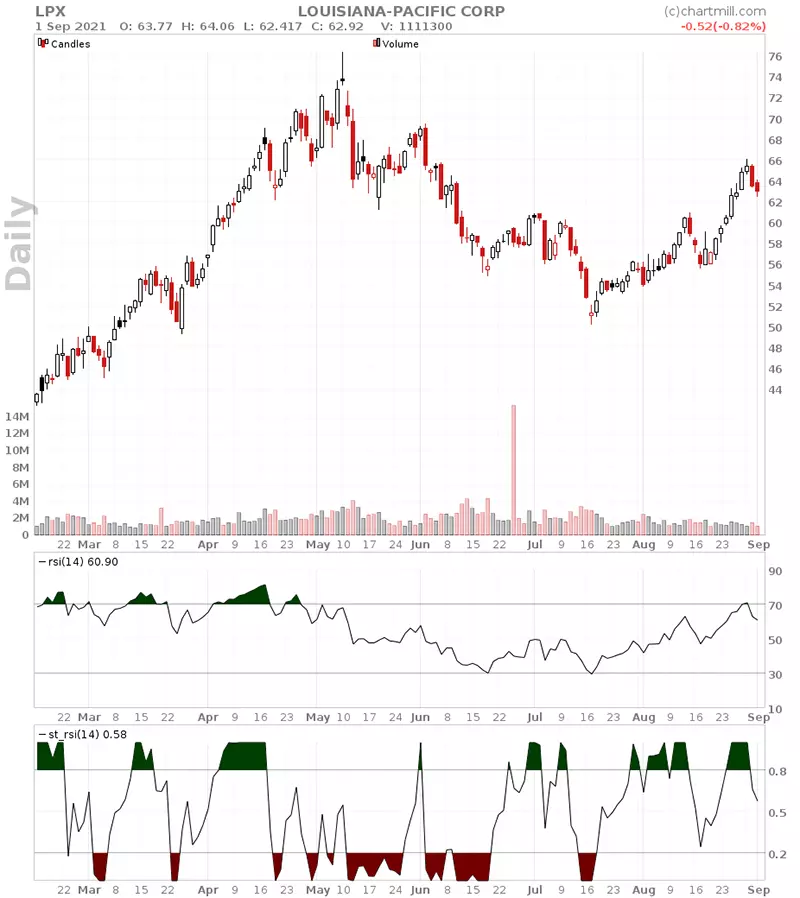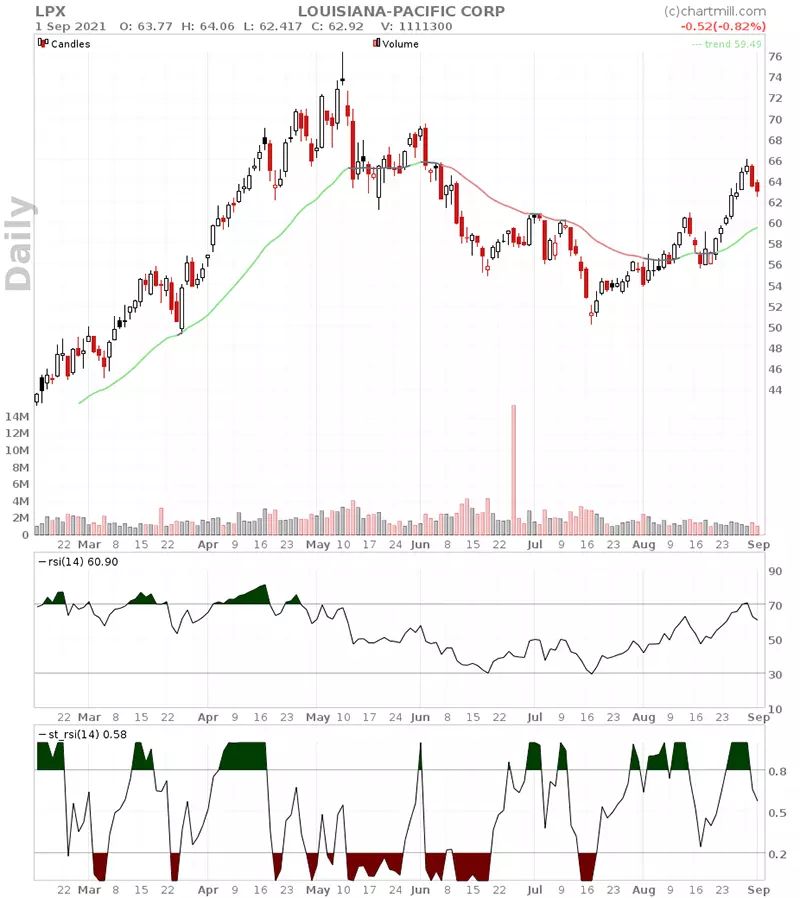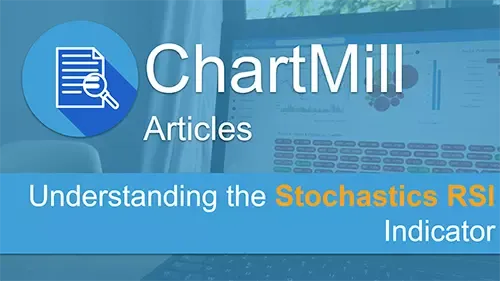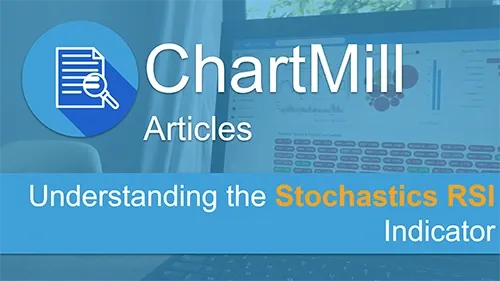Understanding the Stochastics RSI Indicator
By Kristoff De Turck - reviewed by Aldwin Keppens
Last update: Apr 19, 2024
Introduction
The Stochastic RSI - like the regular Stochastic indicator - is a momentum indicator used primarily to identify overbought or oversold levels. The fact that the term RSI has been added means that this Stoch RSI is a derivative of the ordinary RSI indicator. The Stoch RSI is also an oscillator, its value thus fluctuating between a lower and upper limit in this case between 0 and 1.
The difference with the ordinary Stochastics indicator is that the Stoch RSI relies on the RSI values and not on the price of the underlying asset. However, the formula used to calculate the value remains the same.
Formula
In this basic article about the Stochastics Oscillator you can read how the indicator is calculated exactly. If we now apply the same formula to the RSI, you will get the following:
Stoch RSI = (current RSI - lowest RSI in the used period)/(highest RSI in the used period - lowest RSI in the used period)
As far as the period is concerned, the standard is 14, just like the standard values used in the regular basic RSI and Stochastics indicators. These 14 periods are not tied to a specific timeframe, they can be 14 days, weeks, but also hours or minutes, depending on which timeframe you apply the indicator to. If you use a 5-minute chart, each candle of 5 minutes will be one period. In case of daily charts the period will be one day.
Interpretation of the Stoch RSI
On the indicator two horizontal lines have been drawn at the values 0.2 and 0.8, respectively the lower and upper limits (possible oversold or overbought conditions). Please note that if the indicator consistently stays below 0.2 or above 0.8 there is a strong bearish or bullish trend. A value lower than 0.2 or higher than 0.8 may therefore not be used automatically as an entry signal.
The value of 0.5 can be used as a trend indicator. As long as the indicator is above this value the trend is bullish. Below this value a bearish trend is indicated.
Difference with the ordinary RSI
Below we have posted the chart of Louisiana Pacific Corp (ticker: LPX), showing both the regular RSI and the Stoch RSI.

It is instantly noticeable that the Stoch RSI generates a lot more signals than the regular RSI and is therefore a lot more sensitive and volatile to price changes in the stock. More signals means more opportunities to enter the market. The other side of the coin is that not all signals are successful... The Stoch RSI is therefore intended for those who trade mainly in the short term. But even then it is important to filter out the number of false signals as much as possible and only consider signals that correspond to the current trend.
All the sell signals in both indicators (RSI>70 and StochRSI >0.8) were false signals. The share price is in a strong upward trend and selling on the basis of the sell signal from one of these indicators would have meant a loss in the vast majority of cases.
So it is important to determine the trend of the underlying asset. To do so, there are several possibilities, an easy visual way is the ChartMill Trend Indicator, an overlay on the price chart which indicates by means of colors (green-positive, red-negative, gray-neutral) in which trend the stock is located. Below you can see the same chart with the ChartMill Trend Indicator.

Since the trend of LPX is clearly bullish, only the buy signals from the RSI and StochRSI are withheld. In this case, however, there has been no opportunity to enter on the basis of the RSI indicator. The RSI-value has never been below 30. On the other hand, the Stoch RSI does give buy signals because this indicator is more sensitive. a Stoch RSI value that falls below 0.2 and then rises back above it is a buy signal. In this case, we could have bought the Louisiana Pacific Corp. stock for the first time in late 2020 based on a buy signal by the Stoch RSI. Moreover, up to now there have been 5 successful additional buy signals on which the stock could be bought on the basis of this indicator.
Summary
The Stoch RSI is an outlier. The indicator uses the formula of the stochastic indicator and applies it to the values of the RSI indicator. Compared to the regular RSI, the Stoch RSI is quite a bit more sensitive to price changes resulting in more buy and sell signals. However, like with any indicator, it is very important to keep the current trend of the underlying asset in mind and only keep those signals that are in line with the current trend.





